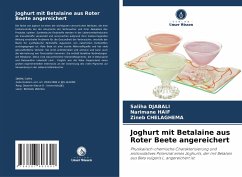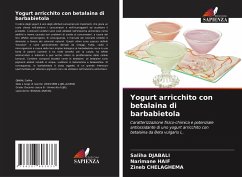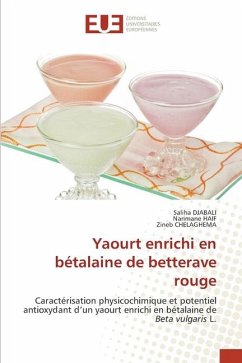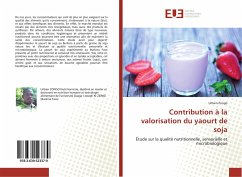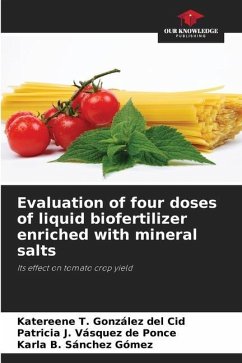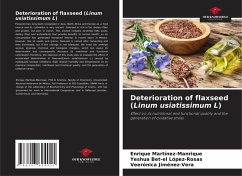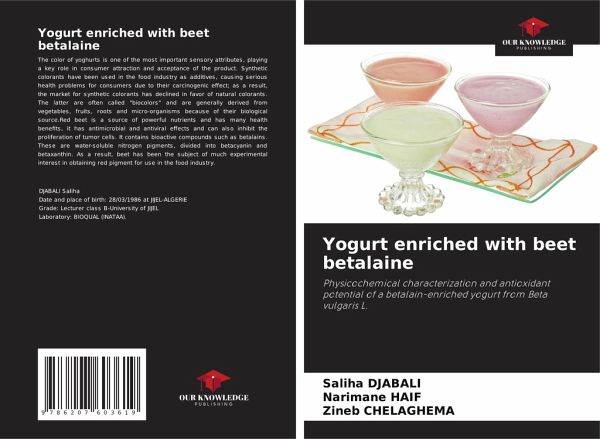
Yogurt enriched with beet betalaine
Physicochemical characterization and antioxidant potential of a betalain-enriched yogurt from Beta vulgaris L.
Versandkostenfrei!
Versandfertig in 6-10 Tagen
40,99 €
inkl. MwSt.

PAYBACK Punkte
20 °P sammeln!
The color of yoghurts is one of the most important sensory attributes, playing a key role in consumer attraction and acceptance of the product. Synthetic colorants have been used in the food industry as additives, causing serious health problems for consumers due to their carcinogenic effect; as a result, the market for synthetic colorants has declined in favor of natural colorants. The latter are often called "biocolors" and are generally derived from vegetables, fruits, roots and micro-organisms because of their biological source.Red beet is a source of powerful nutrients and has many health...
The color of yoghurts is one of the most important sensory attributes, playing a key role in consumer attraction and acceptance of the product. Synthetic colorants have been used in the food industry as additives, causing serious health problems for consumers due to their carcinogenic effect; as a result, the market for synthetic colorants has declined in favor of natural colorants. The latter are often called "biocolors" and are generally derived from vegetables, fruits, roots and micro-organisms because of their biological source.Red beet is a source of powerful nutrients and has many health benefits, it has antimicrobial and antiviral effects and can also inhibit the proliferation of tumor cells. It contains bioactive compounds such as betalains. These are water-soluble nitrogen pigments, divided into betacyanin and betaxanthin. As a result, beet has been the subject of much experimental interest in obtaining red pigment for use in the food industry.





